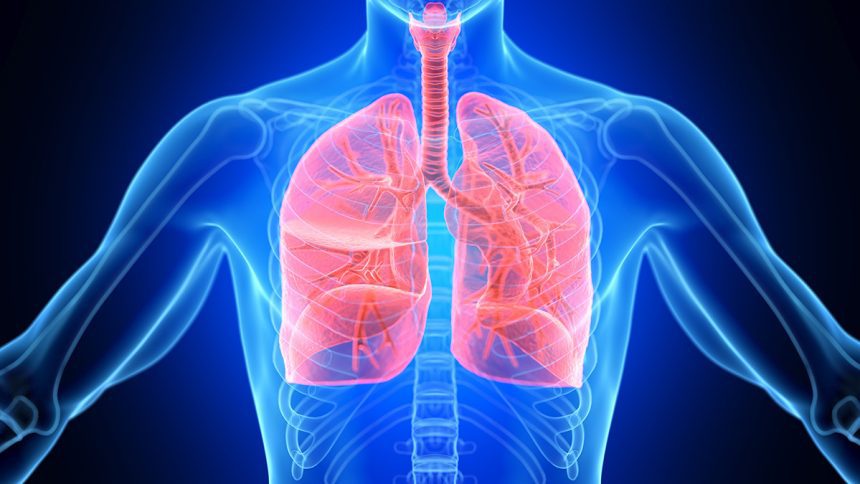Promising Blood Test Identifies Risk of Severe Respiratory Conditions
Researchers have developed an innovative blood test capable of analyzing 32 distinct proteins, which may serve as a reliable indicator for predicting the chances of developing serious respiratory illnesses. This breakthrough offers significant hope for early intervention and treatment strategies.
Understanding the Technology Behind the Test
The blood test functions by monitoring specific protein levels in an individual’s system, providing clinicians with critical insights into a patient’s health status. The analysis can help determine the likelihood of conditions such as Chronic Obstructive Pulmonary Disease (COPD) and other severe respiratory disorders, which are prevalent causes of morbidity worldwide.
Recent studies highlight how advancements in biochemical testing improve patient outcomes through proactive measures. By accurately forecasting disease progression, healthcare providers can implement preventative care sooner, potentially reducing hospitalizations and associated healthcare costs.
Implications for Public Health
As severe respiratory diseases account for millions of fatalities globally each year—according to recent World Health Organization statistics—this new testing method is poised to play a vital role in enhancing public health initiatives. The ability to identify high-risk individuals could lead to more effective management strategies and tailored therapies that address these conditions before they escalate into life-threatening situations.
The full potential of this experimental blood analysis underscores the importance of ongoing research in advancing medical diagnostics. With further validation and widespread implementation, it could significantly impact clinical practice, fundamentally changing how we approach respiratory disease prevention.
For more detailed insights on this development, visit National Institutes of Health.





